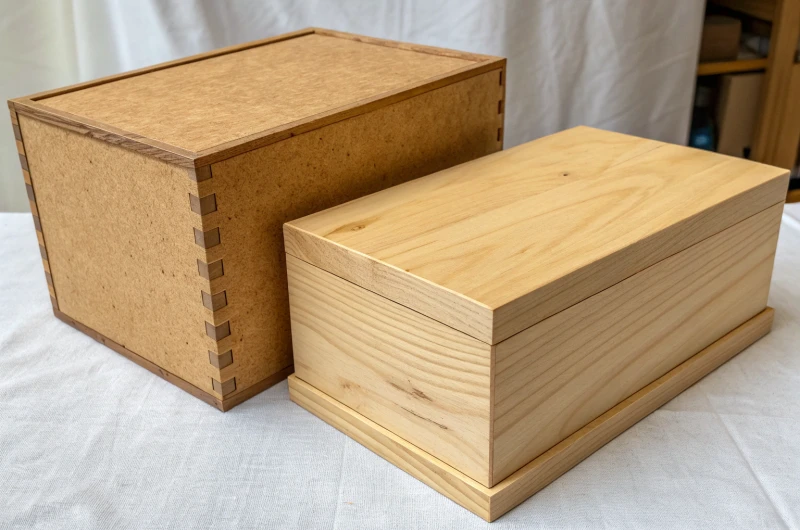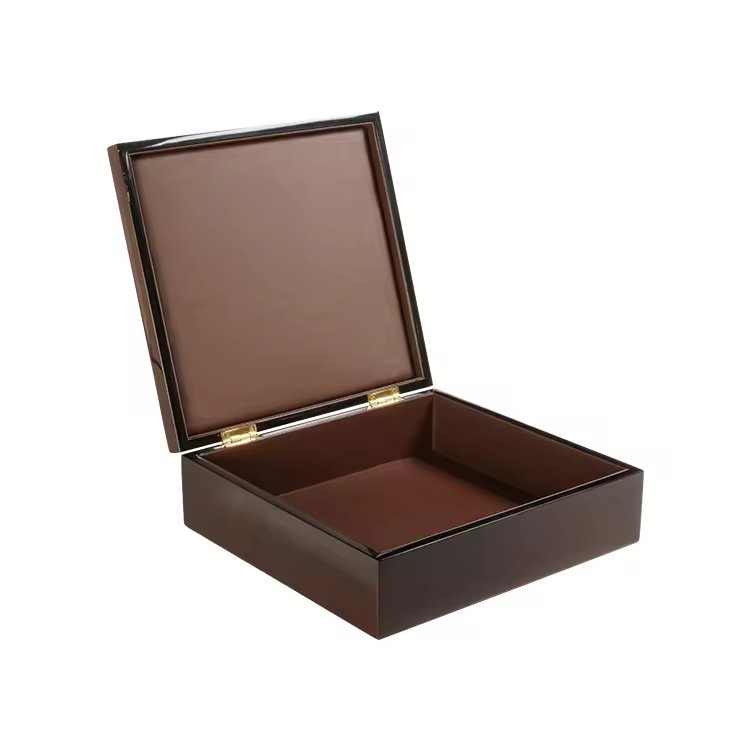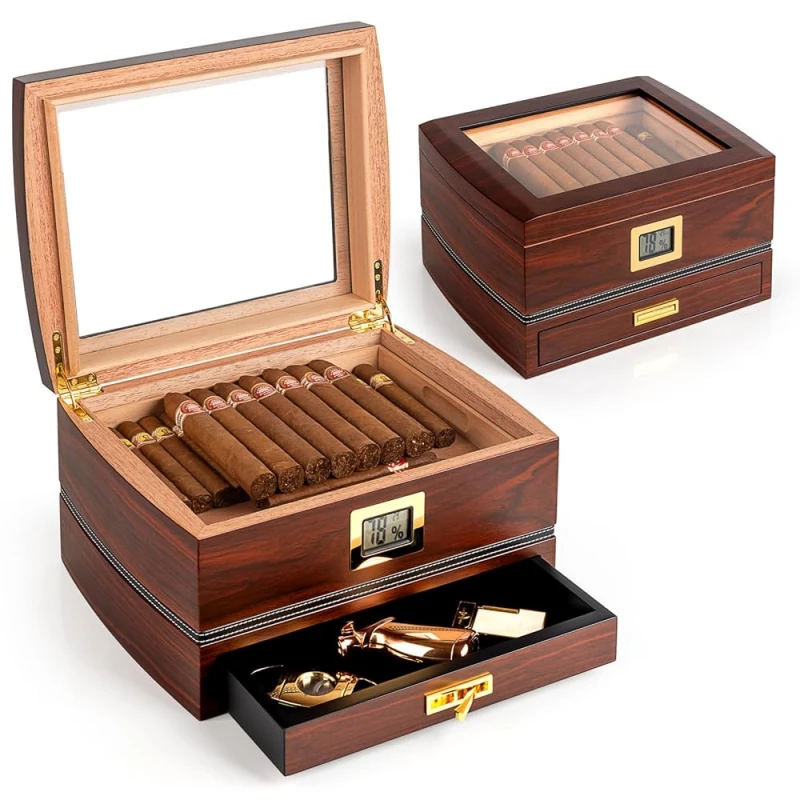
When small orders involve complex designs, quality issues can quickly escalate into costly rework and client frustration.
Yes, small-batch and high-complexity wooden box projects benefit from an independent QC SOP, and efficiency is possible if checkpoints, defect tolerance, and digital tools are applied smartly.
A tailored SOP gives structure to a project that otherwise risks delays and hidden costs. Let’s explore why it matters and how to execute it well.
Why do small but complex orders often require stricter QC than standard projects?
When small orders involve premium clients, every defect feels magnified.
Small, complex projects need stricter QC because there is no volume buffer, and every piece must meet the highest visual and structural standards.
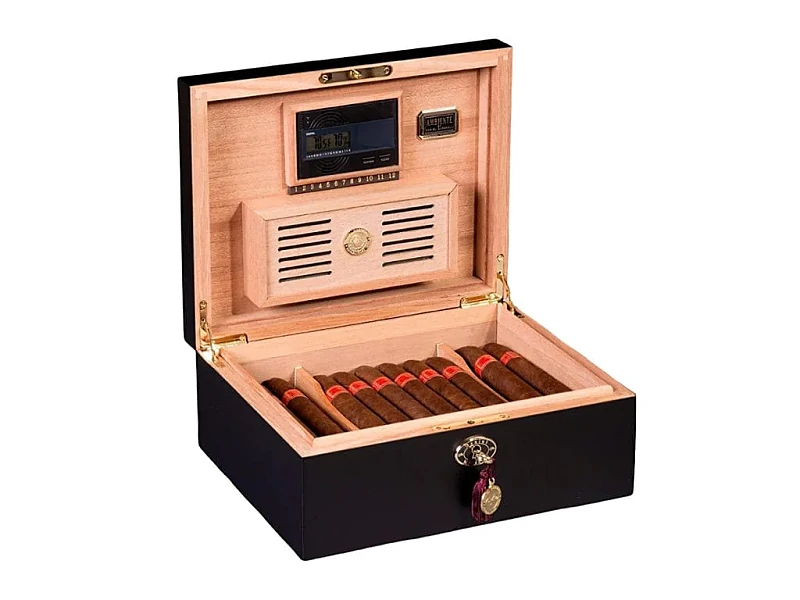
In high-volume production, a small defect percentage may still allow a client to accept the order. For example, if 10 out of 1,000 boxes have flaws, replacements are easy to provide. But with a 50-piece custom cigar box order, even one rejected unit creates a serious problem. This is because the client expects every single piece to meet premium standards, both in appearance and function.
I have seen this firsthand with jewelry box projects that involved multiple layers of piano paint, velvet lining, and metal hinges. The complexity of finishing multiplies the risk of small but visible flaws. A dust particle in the paint layer or a slightly uneven velvet cut may be acceptable in mass production but not in a small luxury order. In fact, luxury buyers often check boxes under special lighting, so even minor scratches become unacceptable.
This is why stricter QC is essential. Small-batch projects also face less room for correction. If five units are rejected, producing replacements may require restarting material sourcing, surface treatments, or re-polishing. That adds time and cost far beyond what the buyer or supplier expects. Therefore, setting up an independent SOP ensures that mistakes are caught early. By inspecting structure, finishing, and accessories at each step, we prevent expensive rework later.
Key Risks in Small-Batch Complex Orders
| Risikofaktor | Warum es wichtig ist |
|---|---|
| No volume buffer | Even one defect hurts order fulfillment |
| Higher buyer expectations | Luxury brands demand flawless presentation |
| Complex finishing layers | More steps mean more chances for defects |
| Cost of rework | Small runs make replacements very expensive |
In short, strict QC in these projects is not a burden but an insurance policy. It ensures each piece matches client expectations and avoids disputes.
How can a tailored SOP focus on key checkpoints (structure, finishing, accessories) without adding excessive steps?
Clients worry QC will slow progress, but smart SOPs do the opposite.
A tailored QC SOP works best when it targets three main checkpoints: structure, finishing, and accessories, with minimal repetition.

When I design SOPs for small-batch custom orders, I do not write a long list of unnecessary steps. Instead, I focus on critical stages where defects are hard to fix later. For wooden boxes, these points are: structural assembly, surface finishing, and accessory fitting. If these three pass inspection, the box will almost always meet the client’s expectations.
Structure
The structure includes joints, lid alignment, and stability. At this stage, I check whether the box closes smoothly, whether hinges align, and if the weight distribution feels correct. Once the finishing process begins, fixing a structural issue is costly and nearly impossible.
Fertigstellung
This is where most luxury buyers focus. High-gloss piano paint, matte coatings, or natural veneer must be flawless. I include steps to inspect dust particles, polish uniformity, and color consistency under different light. A small defect here ruins the entire piece.
Zubehör
Handles, hinges, locks, and logos define the final impression. A premium jewelry box with a misaligned metal logo looks cheap. Accessories should be tested both for fit and durability. If a lock does not click smoothly, the client will reject it immediately.
Example SOP Framework
| Schritt | Key Check |
|---|---|
| Pre-assembly check | Wood joints, lid fit, corner alignment |
| Mid-finishing check | Dust, color consistency, polish depth |
| Final accessories | Hinge function, logo placement, lock test |
By limiting inspections to these three categories, the SOP avoids slowing down production. It removes unnecessary steps while protecting the key elements that matter most in luxury packaging.
What role does pre-defined defect tolerance play in avoiding endless rework?
Without clear tolerance, QC becomes a never-ending cycle.
Defining defect tolerance upfront ensures both client and factory know what is acceptable, preventing endless back-and-forth over minor details.

Luxury buyers often have higher standards, but “perfect” can mean different things. For example, in a cigar box with 12 layers of piano paint, is a micro scratch invisible to the naked eye acceptable? If tolerance is not defined, QC staff may keep rejecting units, production slows down, and arguments with the client increase.
I always set tolerance levels in writing before production. For example, we may agree that a visible dust point larger than 0.5mm is not acceptable, but smaller ones that cannot be seen under normal light conditions are allowed. For hinges, we may define that a deviation under 1mm in alignment is acceptable if the lid closes smoothly. These numbers may sound small, but they protect both sides. The client gets consistent quality, and the factory avoids endless rework over invisible issues.
Benefits of Defined Tolerance
- Klarheit: Everyone knows the target standard.
- Wirkungsgrad: QC staff avoid wasting time on minor defects.
- Fairness: Buyers cannot demand new definitions after delivery.
- Predictability: Suppliers can calculate costs more accurately.
I remember one perfume box project where the client requested a mirrored gloss finish. Without a tolerance agreement, inspectors kept rejecting boxes for micro-scratches only visible under 10x magnification. The project fell behind schedule, and both sides were frustrated. Since then, I always define tolerances in the contract and integrate them into the SOP.
How can digital tools (QC checklists, photo reports, video reviews) speed up approval?
Buyers worry distance slows down QC approval, but digital tools solve this.
Digital tools like QC checklists, photo reports, and video reviews make approvals faster by allowing instant remote validation of production steps.
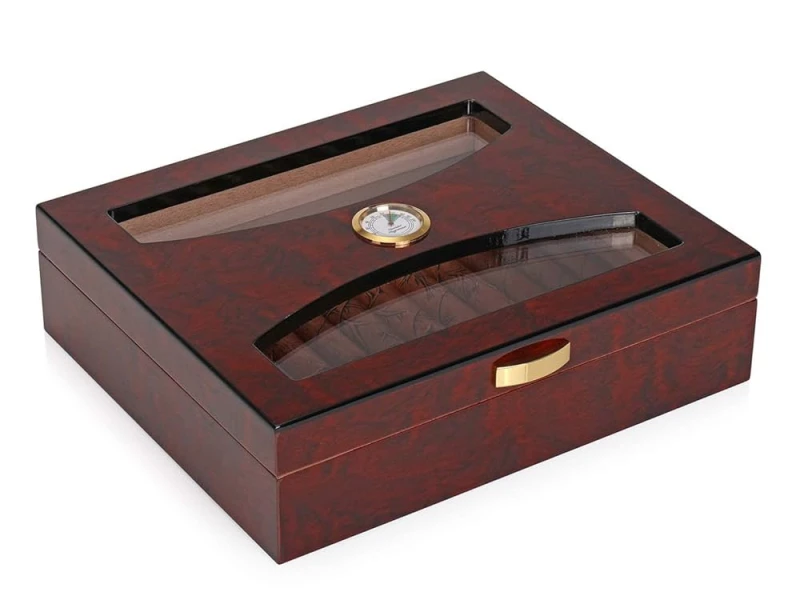
In international trade, distance is always a challenge. Clients cannot visit factories for every inspection. That is why I started using digital QC tools. Instead of writing long emails, I create structured checklists with photos and videos at each checkpoint. This way, clients see real-time progress and confirm faster.
Tools I Use
- Photo Reports: I take high-resolution pictures of structural joints, paint layers, and accessories. These are shared in organized folders with labels.
- Video Reviews: I film hinge movement, lock tests, and lid closure. This gives buyers confidence that the box functions smoothly.
- Checklisten: Each project gets a PDF checklist that records pass/fail for every step. Both my team and the client can see it.
With these tools, buyers make faster decisions. For example, a client in Germany once approved a jewelry box order within 24 hours after receiving a 5-minute video walkthrough. Without it, we would have shipped samples back and forth for weeks. Digital QC also creates a permanent record, protecting both supplier and buyer in case of disputes.
Table: Impact of Digital QC
| Werkzeug | Nutzen Sie |
|---|---|
| Checklist | Structure and clarity |
| Photo reports | Visible proof of surface finishing |
| Video reviews | Demonstrates movement and usability |
In the end, these tools do not just speed up approval. They also build trust. The buyer sees transparency and feels more secure in the partnership.
Why is training a small dedicated QC team more efficient than relying on general inspection?
Not every inspector understands luxury wooden boxes.
A small, trained QC team works better than general inspectors because they develop deep knowledge of structure, paint, and accessories unique to wooden boxes.

General QC teams often work across many product categories: plastics, electronics, textiles. While they understand general inspection, they lack the eye for details that matter in luxury wooden packaging. For example, only a trained inspector will notice a piano paint layer that looks slightly cloudy under LED light. A general inspector may miss it.
I prefer training a small group dedicated to wooden boxes. They learn the difference between natural veneer and engineered veneer. They practice running fingers across corners to feel uneven polishing. They understand how PU leather wraps should stretch evenly without bubbles. This specific knowledge cannot be replaced by generic QC staff.
Advantages of a Dedicated QC Team
- Konsistenz: Trained staff apply the same judgment across projects.
- Speed: They know where defects usually appear, so inspections are faster.
- Expertise: They understand materials and finishing at a deeper level.
- Client Trust: Buyers know inspectors are specialists, not generalists.
I remember one project with a wine box series. General inspectors passed the batch, but when the client received the boxes, he found that several had uneven gloss on the top cover. After that, I trained two staff members specifically in gloss evaluation. Since then, no similar complaint has occurred.
In luxury wooden box projects, quality is not only about function but also about presentation. A dedicated team is the most efficient way to ensure both.
How can early alignment with the client reduce back-and-forth during the QC process?
Misaligned expectations cause the longest delays in QC.
Early alignment with the client prevents disputes by agreeing on standards, materials, and defect tolerances before production begins.

In my experience, most QC disputes happen because the buyer and supplier never agreed on the same standard in the beginning. For example, one client expected “deep gloss” to mean 12 layers of lacquer, while my team planned for 8 layers. This misunderstanding caused weeks of rework. After that, I started doing early alignment meetings.
During these meetings, I share material samples, finishing swatches, and accessory prototypes. We confirm the number of lacquer layers, the color shade, and the logo method. I also document all details in a QC checklist that becomes part of the contract. This avoids confusion later.
Steps for Early Alignment
- Share real material samples (wood veneer, fabric, PU leather).
- Define finishing levels (gloss, matte, texture).
- Clarify accessory style and placement (hinge, logo, lock).
- Agree on defect tolerance in writing.
- Document everything in the QC SOP.
By doing this, the QC process later becomes smooth. The client already knows what to expect, and inspectors check against the agreed standard. This prevents back-and-forth emails, late-stage complaints, and shipment delays.
One perfume brand client told me that our early alignment saved them weeks of frustration. They had worked with other suppliers who only showed final products, and corrections became expensive. With our approach, everything was clear from day one.
Schlussfolgerung
Independent QC SOPs protect small-batch luxury wooden box projects by preventing costly mistakes and speeding up client approval.
Markenname: WoodoBox
Slogan: Maßgefertigte Holzkisten, handwerklich perfekt gefertigt
Website: www.woodobox.com
WhatsApp: +86 18359265311

